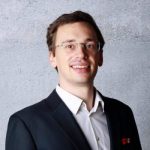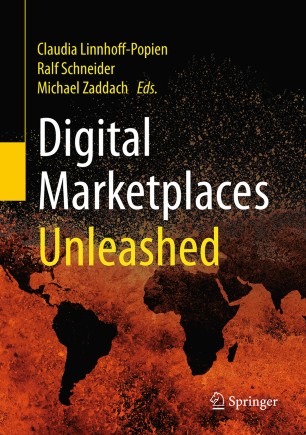 |
Maximilian Balthasar Mansky, M. Sc. Lehrstuhl für Mobile und Verteilte Systeme Ludwig-Maximilians-Universität München, Institut für Informatik Oettingenstraße 67 Raum E004 Telefon: +49 89 / 2180-9155 Mobile: +49 179 5391026 Fax: +49 89 / 2180-9148 |
Research Interests
- Theoretical foundations of quantum computing
- Mathematical structures of QC
- Symmetry-restricted quantum circuits
Publications
- A Constant Measurement Quantum Algorithm for Graph Connectivity (arXiv:2411.15015)
- Scaling of symmetry-restricted quantum circuits (arXiv:2406.09962)
- Symmetry-restricted quantum circuits are still well-behaved (arXiv:2402.19329)
- Permutation-invariant quantum circuits (arXiv:2312.14909)
- Near-optimal quantum circuit construction via Cartan decomposition (Physical Review A, Vol. 108 (5))
- Decomposition Algorithm of an Arbitrary Pauli Exponential through a Quantum Circuit (IEEE QCE 2023, arXiv:2305.04807)
- Adapting the DisCoCat-Model for Question Answering in the Chinese Language (IEEE QCE 2023)
- Sampling Problems on a Quantum Computer (IEEE QCE 2023, arXiv:2402.16341)
HiWi jobs
There are research student jobs on offer. We are working on Lie groups and algebras in the context of quantum computing, so SU(n) and variants. These are well-behaved and understandable with a background in physics/group theory. If you are interested, send me a short email with your current studies, university and your level of knowledge of group theory.

